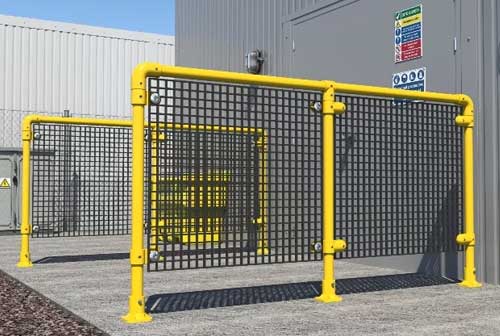Fiber reinforced polymer (FRP) is a composite material that combines fibers with a resin. The fibers provide strength and stiffness, while the resin provides adhesion and toughness. FRP is a versatile material that can be used in a wide variety of applications.
Henan Zhongsheng is a leading manufacturer of FRP products. We have over 20 years of experience in the design and manufacture of FRP products. We offer a wide range of FRP products to meet the needs of a variety of applications.
Types of FRP
There are many different types of FRP, each with its own unique properties. Some of the most common types of FRP include:
Glass fiber reinforced polymer (GFRP): GFRP is the most common type of FRP. It is made from glass fibers and a resin, such as polyester, vinyl ester, or epoxy. GFRP is strong, lightweight, and corrosion-resistant.
Carbon fiber reinforced polymer (CFRP): CFRP is made from carbon fibers and a resin. It is stronger and stiffer than GFRP, but it is also more expensive. CFRP is often used in applications where weight and strength are critical, such as in aerospace and automotive applications.

CFRP
Aramid fiber reinforced polymer (AFRP): AFRP is made from aramid fibers and a resin. Aramid fibers are even stronger and stiffer than carbon fibers, but they are also more expensive. AFRP is often used in applications where high strength and toughness are critical, such as in ballistic protection and military applications.

AFRP
Applications of FRP
FRP is used in a wide variety of applications, including:
Construction: FRP is used in construction for a variety of purposes, including as reinforcement for concrete, as roofing materials, and as facades.

FRP in construction
Transportation: FRP is used in transportation for a variety of purposes, including as body panels for cars and trucks, as hulls for boats, and as wind turbine blades.
Electrical: FRP is used in electrical applications for a variety of purposes, including as cable trays, as insulators, and as electrical enclosures.
Industrial: FRP is used in industrial applications for a variety of purposes, including as tanks, as pipes, and as structural components.
Consumer products: FRP is used in consumer products for a variety of purposes, including as furniture, as sporting goods, and as toys.

FRP in consumer products
Benefits of FRP
FRP offers a number of benefits over traditional materials, including:
Strength: FRP is strong and durable. It is often stronger and stiffer than steel or aluminum, but it is also lighter.
Corrosion resistance: FRP is resistant to corrosion, making it ideal for use in harsh environments.
Lightweight: FRP is lightweight, making it easy to transport and install.
Cost-effectiveness: FRP can be a cost-effective alternative to traditional materials.
Conclusion
FRP is a versatile and reliable material that offers a number of benefits over traditional materials. It is used in a wide variety of applications, including construction, transportation, electrical, industrial, and consumer products.
 +86 15303735673
+86 15303735673 Jessica@frpzs.com
Jessica@frpzs.com
 Technical Data
Technical Data















